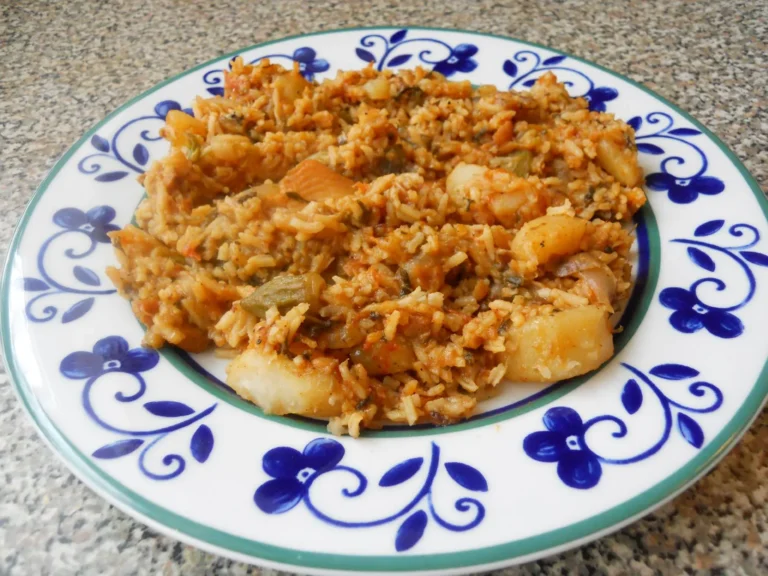Introduction: Exploring Djiboutian Cuisine
Djiboutian cuisine is a fascinating fusion of flavors influenced by the region’s geography and history. The country is located in the Horn of Africa, with access to both the Red Sea and the Gulf of Aden. Its location has made it a hub for trade and cultural exchange, which has contributed to the diversity of its cuisine. Djibouti’s cuisine is characterized by its unique blend of African, Middle Eastern, and French influences.
Djiboutian cuisine consists of a wide variety of dishes, ranging from spiced meats and seafood to rich stews and vegetarian fare. The country’s cuisine is also known for its strong coffee, which is an integral part of its culture. In this article, we will explore the regional variations of Djiboutian cuisine and the historical influences that have shaped it.
Historical Influences on Djiboutian Cuisine
Djiboutian cuisine has been influenced by several factors, including its location on the Red Sea and Gulf of Aden, its history of colonization by the French, and its trade connections with other African and Middle Eastern countries. The country’s cuisine reflects these influences, with a unique blend of African, Middle Eastern, and French flavors.
The cuisine of Djibouti is also influenced by the nomadic lifestyle of its people. The country’s cuisine is characterized by a reliance on ingredients that are readily available, such as meat, fish, and dairy products. Spices are also a significant part of Djiboutian cuisine and are used to add flavor and depth to dishes. The country’s cuisine is also known for its use of fresh herbs and vegetables, which are used to add color and texture to dishes.

